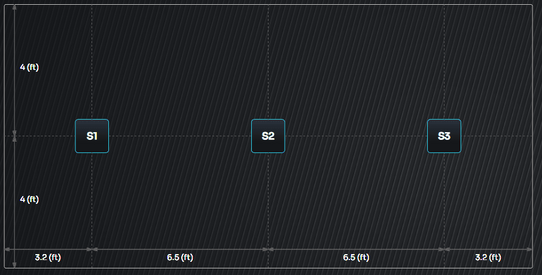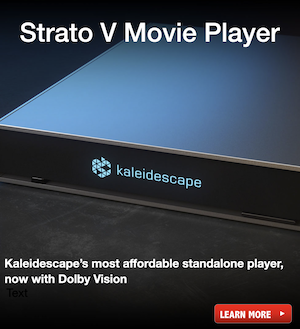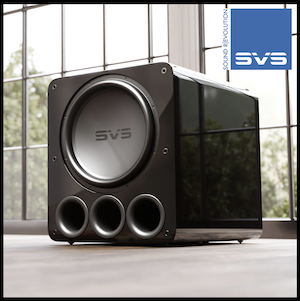(April 16, 2024) Trinnov continues advancing the rollout of its WaveForming technology, this time releasing a new design tool. Created for audio professionals and enthusiasts alike, this online tool simplifies the process of crafting scientifically sound and tailored room layouts capable of delivering exceptional WaveForming audio experiences.
WaveForming is a proprietary room correction technology that specifically tackles low-frequency reproduction. When properly applied, it creates clear and detailed bass, even in rooms with difficult acoustic layouts. Unlike conventional acoustic design methods, WaveForming shifts the focus from merely treating room acoustics to proactively shaping them. It does so by leaning on advanced algorithms to optimize the interaction between multiple subwoofers and the listening environment.
Having had an opportunity to hear WaveForming in action during CEDIA 2023, I can confirm that it excels at crafting exceptionally tight and impactful bass; it's a revolutionary technology.
Up until now, the thought of deploying WaveForming has been intimidating, knowing that it requires precise measurements and calibration to function optimally. This new WaveForming tool is meant to simplify the process, giving integrators and enthusiasts the ability to explore what it would be like to implement WaveForming within their project space. It allows users to identify the optimal number and arrangement of subwoofers for their specific space.
As summarized by Arnaud Laborie, co-founder and CEO of Trinnov Audio, “WaveForming is a massive change in the way home theaters are designed. We are excited to facilitate the adoption of this exciting technology by publishing this complimentary web tool so that more people can confidently specify WaveForming for their projects."
The design tool is available now through the Trinnov Audio website and is one of several free resources Trinnov has rolled out to support the adoption of this advanced technology, including its WaveForming Subwoofer Placement Guidelines, the Early Access Program, and a comprehensive on-demand webinar: Trinnov Audio - Waveforming Guidelines Explained.
For more information on WaveForming or the full portfolio of Trinnov solutions, visit www.trinnov.com.
Related Reading:
- Trinnov Unleashes Pressurization, the Latest Add-On to Its Waveforming Technology
- New Trinnov Altitude Processors Begin Shipping with HDMI 2.1 Boards, Upgrades For Existing Customers Ship Soon
- Trinnov Blows Minds, Wows Ears Showcasing Its Incredible 24 Subwoofer Demo Room with Waveforming Technology at CEDIA 2023
Last edited:










